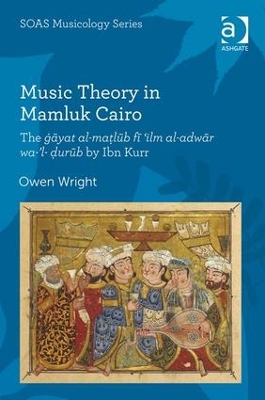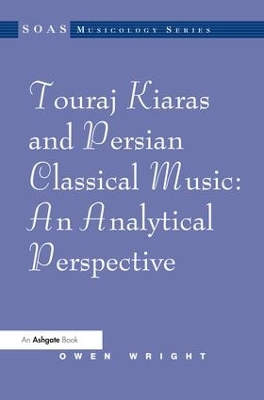SOAS Studies in Music
3 total works
The ġāyat al-maṭlūb fī ‘ilm al-adwār wa-'l-ḍurūb by Ibn Kurr is the only theoretical text of any substance that can be considered representative of musicological discourse in Cairo during the first half of the fourteenth century CE. Indeed, nothing comparable survives from the whole Mamluk period, which extends from 1260 until the Ottoman invasion and conquest of Egypt in 1516. But its value does not derive merely from its fortuitous isolation: it is important, rather, because of the richness of the information it provides with regard to modal and rhythmic structures, and also because of the extent to which the definitions it offers differ from those set forth in an interrelated series of major theoretical works in both Arabic and Persian that span the period from the middle of the thirteenth century to the late fifteenth. Alongside the presumption of transregional uniformity these texts suggest, it consequently asserts the significance of local particularism.
Owen Wright provides a critical edition of the text itself, together with a glossary, prefaced by an introduction and a detailed commentary and analysis. The introduction provides immediate context, situating the work in relation to the dominant theoretical tradition of the period and providing biographical information about the author, active in Cairo during the first half of the fourteenth century.


